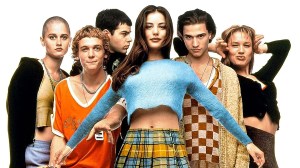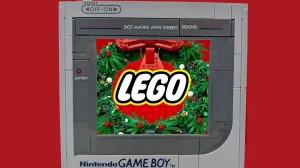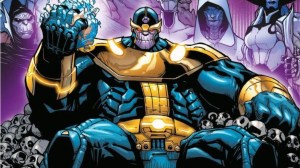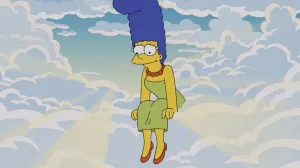Almost a quarter of a century ago, Conker’s Bad Fur Day landed on the Nintendo 64 as the ultimate fusion of Super Mario 64 and South Park. Developed by Rare Games amid a historic hot streak on the N64, Conker’s Bad Fur Day was initially conceived of as a continuation of the game design that led to Banjo-Kazooie. However, midway through development, the game got a narrative overhaul that embraced pop-culture references, crass comedy, and a 4th-wall-breaking story that poked fun at the conventions of the genre.
Videos by ComicBook.com
While Conker’s Bad Fur Day may have suffered from poor sales, the strong critical reception and embrace by a generation of gamers who grew up with Rare helped establish it as a verifiable cult classic. Beyond the surface-level comedy, though, what makes Conker’s Bad Fur Day such a special entry in gaming history is the way it proved tight gameplay and subversive comedy could be used in service of compelling storytelling. Conker’s Bad Fur Day is a showcase of how “childish” genres like platforming can be used to tell mature stories that can endure with fans for years after they launch.
How Conker Went From Cute To Crass

Developed by Rare alongside their other N64 hits like Banjo-Kazooie and Donkey Kong 64, Conker’s Bad Fur Day initially began life as a standard cartoony platformer. A direct follow-up to the Game Boy Color game Conker’s Pocket Tales, Conker’s Bad Fur Day was criticized when previews were shown off at the 1998 E3 convention. In response, game director Chris Seavor and the rest of his team shifted gears. While the game retained its platforming gameplay style, the tone and story were radically altered.
The family-friendly approach, specifically modeled after the cutesy cartoony aesthetic Rare had perfected on the N64, was scrapped. Instead, Chris Seavor pitched a concept that saw the titular hero trying to help out the various animal citizens of his world, only to make their circumstances worse. Eventually, the developers zeroed in on an approach that added extreme punchlines to missions, such as a conflict between wasps and bees turning into a heated firefight.
As development continued, the game began to develop an increasingly sardonic and self-aware style of comedy. Conker transformed into a hard-drinking and morally questionable lead character, who would often mock the nature of his standard missions. The villainous Panther King doesn’t want to take over the world, but is just looking for a way to fix his wobbly side table. Parodies of The Matrix, Aliens, and Saving Private Ryan became a major aspect of the game, alongside an embrace of crass comedy.
By the time the game finally debuted in March of 2001, Conker’s Bad Fur Day had been entirely retooled into an adult-oriented parody of games like Banjo-Kazooie. While the game was celebrated by critics for its tight gameplay and subversive humor, it failed to sell well due to its limited marketing and arrival towards the end of the Nintendo 64’s life cycle. However, it quickly became a cult classic among gamers, eventually receiving a port over to the Xbox 360 as Conker: Live and Reloaded.
A Nintendo Platformer That Kids Should Probably Skip
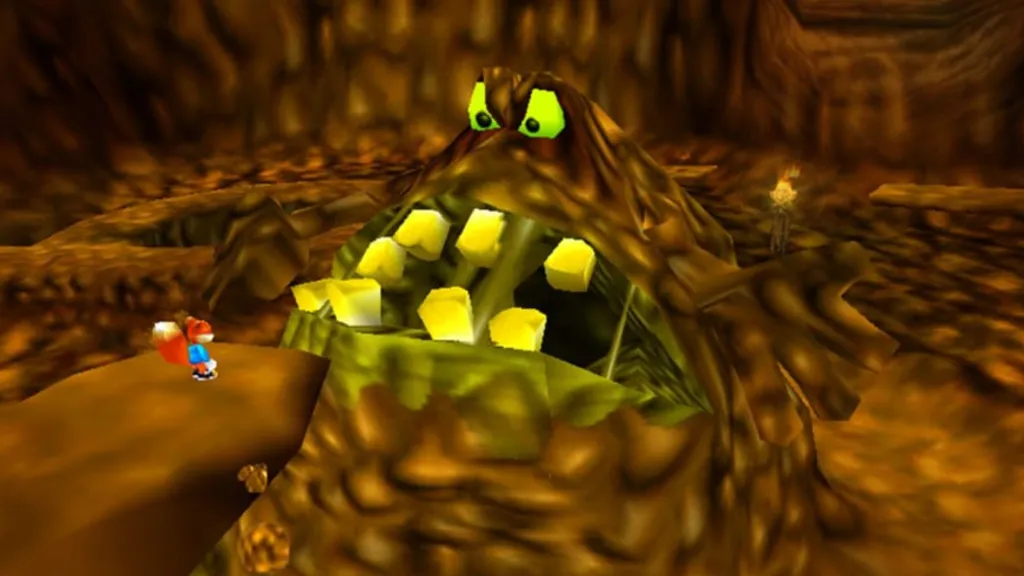
In retrospect, Conker’s Bad Fur Day was a wild swing for Nintendo to take, but one that couldn’t have come at a better time for the company. Released shortly before the Nintendo GameCube joined the sixth console war, Conker’s Bad Fur Day was the kind of game that only a seasoned developer like Rare could make that proved the genre could do more than standard family-friendly adventures. For all of its jokes about platforming games, it was also a really solid entry in the genre.
Similar to films like Blazing Saddles or Shaun of the Dead, which are hilarious precisely because they are parodies that are structurally strong versions of what they’re mocking, Conker’s Bad Fur Day had simple to pick learn gameplay that introduced a lot of experimentation into the genre. The game’s colorful graphics gave it a timeless feel similar to stuff like Banjo-Kazooie, with a crispness and level of detail not often found on the Nintendo 64.
The presentation was impressive across the board, especially with the game’s snarky voice acting and memorable sound design. The actual gameplay was tight, with pitch-perfect controls and inventive level design that stands tall amongst the best entries in the genre. At its core, Conker’s Bad Fur Day was a really good platformer, a fitting follow-up from Rare that built on all the lessons they learned while developing Banjo-Kazooie and Donkey Kong 64.
The surface-level comedy gave it all a memorable edge and wit that further distinguished it from other entries in the genre. It was such an unusual title that Nintendo didn’t really know how to fully market it, and it flew directly in the face of the publisher’s public perception as a family-friendly company. But that’s exactly why young audiences wanted Conker — that and all the poop jokes.
Why Conker Matters
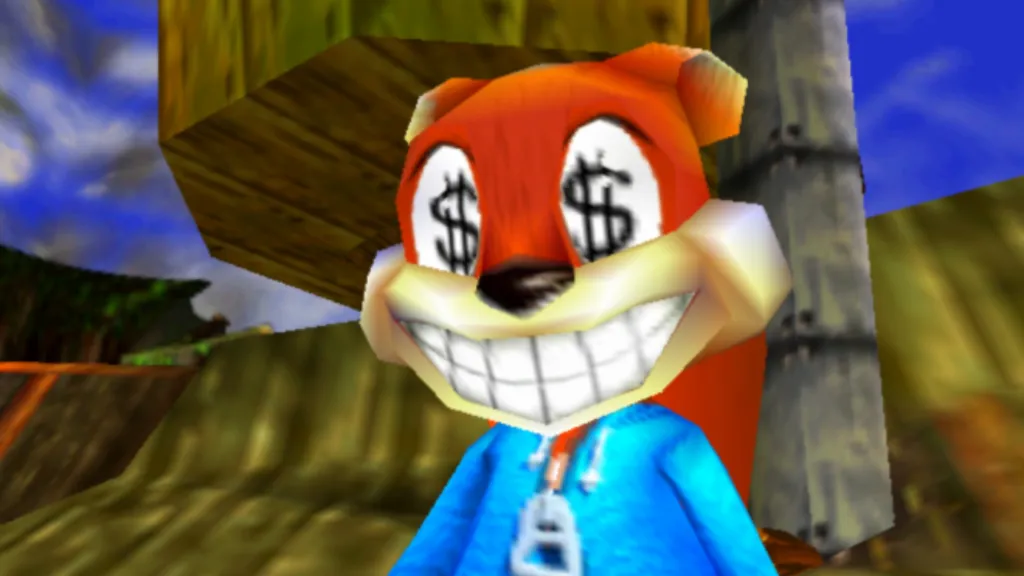
Conker’s Bad Fur Day is a time capsule of a game, and not just because so many of its references are specifically timed to the start of the 21st century. Coming out in the early days of the internet, Conker’s Bad Fur Day was perfectly suited for an era that transformed South Park and Family Guy into cultural touchstones. The sense of humor made it a perfect fit for fans of those shows, especially younger audiences who could get their hands on the title and share it with friends during sleepovers. It belonged to the same era as Jackass and Beavis and Butt-Head, with a focus on being funny for the sake of being funny that fit neatly into the dispassionate approach to pop culture that was defined in the era.
More than that, though, Conker’s Bad Fur Day was proof that crass humor in gaming didn’t have to come at the cost of depth. On top of the strong gameplay, Conker’s Adventure was surprisingly somber at times, with a genuinely tragic ending that still stands out decades later as a bold choice by the game developers. For all the movie parodies and sex jokes, there’s a real sense of bittersweet innocence lost ingrained in the game.
Conker’s Bad Fur Day feels like a direct storytelling ancestor for games like Psychonauts or Portal. While they may not be nearly as crass as Conker, those games use their surface-level comedy and tight gameplay mechanics to tell stories about the pain of loss that explore existential dread. Conker’s Bad Fur Day does something similar, having fun with its villainous army of robotic teddy bears but using it as a means of exploring the cost of war and the loss of friends.
There’s a real depth to the crass comedy of Conker’s Bad Fur Day, making it a thematic contemporary of satires like South Park beyond their shared love of scatalogical humor. While it may remain a cult classic footnote for most modern gamers, Conker’s Bad Fur Day remains one of the most curious chapters in gaming history.


